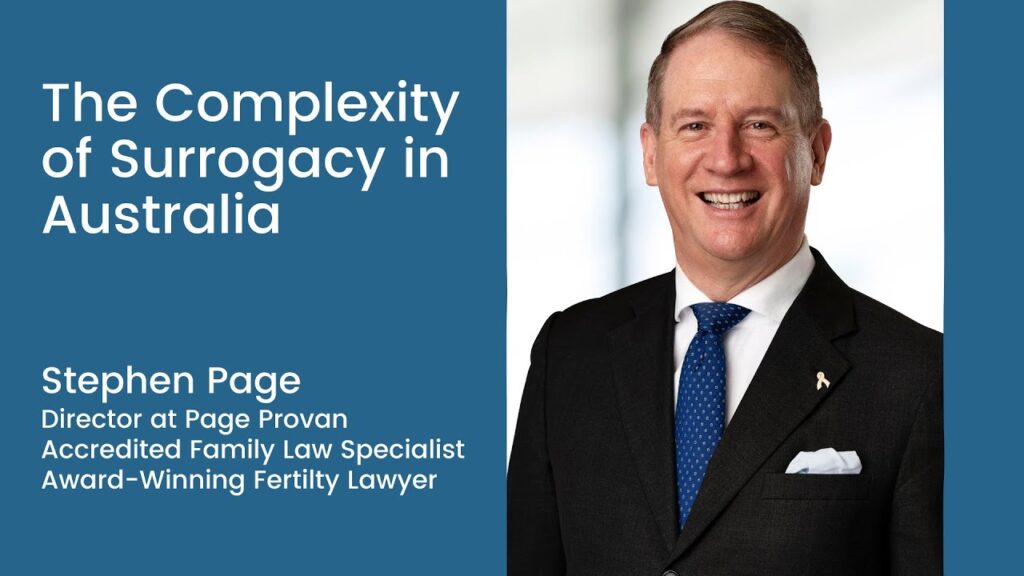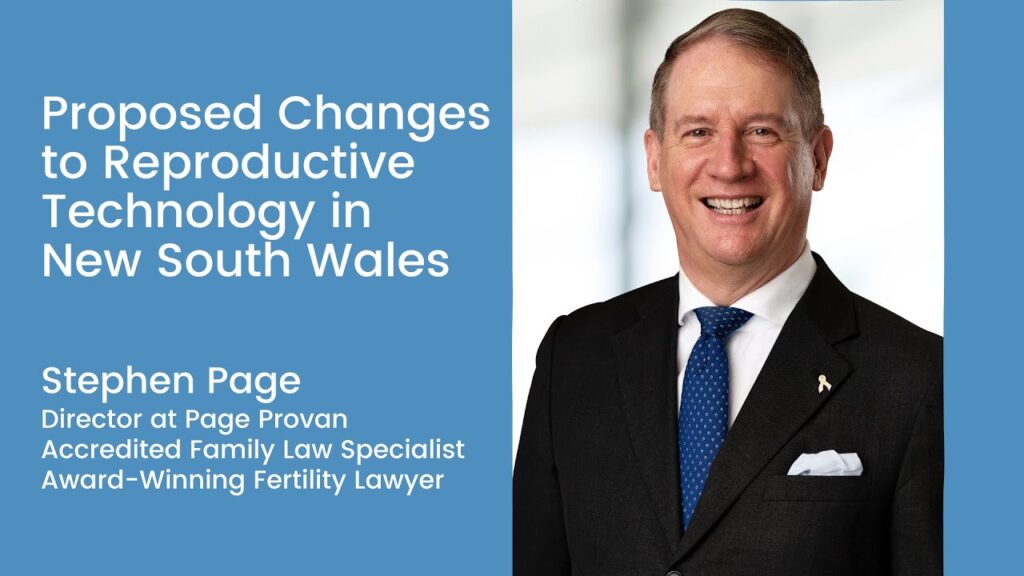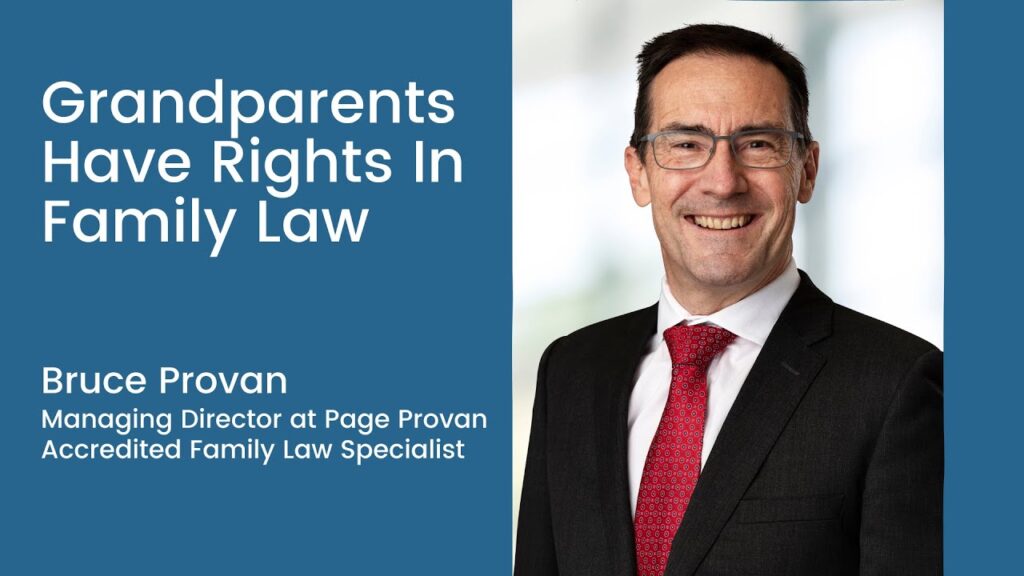The Age had an impressive
editorial today about surrogacy. I’ll comment and reflect on it in a second.
But first- a quibble. The Age said:
” Nowhere in this country is it legal for anyone to engage in commercial surrogacy.”
Incorrect. It remains legal to engage in commercial surrogacy in the Northern Territory because there are no laws there about surrogacy at all. Not a line. Therefore there is no ban on commercial surrogacy in the NT. You can quite lawfully pay a woman to have a baby for you without any legal oversight at all. In reality commercial surrogacy can only occur in the NT if the only IVF clinic there is not involved. Due to requirements of the National Health and Medical Research Council, no IVF clinic can offer commercial surrogacy- even if it is legal under (in this case) NT law.Therefore it would be a home based surrogacy, may be involving the turkey baster, where the surrogate would not only carry the child for the intended parents, but also be the genetic mother. All without counselling or legal advice. Dreadful.
If you think that a home based surrogacy where a woman is paid will never happen- think again. My first surrogacy case was in 1988. A client sought advice from me as she had been paid $10,000 by a couple to have a child- and wanted to keep both the money and the child. My advice was that she could. Surrogacy (in all forms) had been criminalised in Queensland. Therefore the contract was void, and my client could hang on to the money. It was unlikely that the couple would take her to court, given that my client was the genetic mother (and had a good chance of success) but also because they might be prosecuted.
The Age hit the nail on the head when it said that surrogacy was a “legally contentious and morally perplexing issue”. The reality is that surrogacy is full of ethical dilemmas. As we have seen in the Baby Gammy case- all parties are open to the possibility of exploitation, and the worst affected, as always, are the children.
However, it should not be assumed that commercial surrogacy necessarily involves exploitation. Some of the leading surrogacy agencies in the world, for example, operate from a human rights and feminist perspective.
I also agree with this comment, which echoes words of my grade 2 teacher Mrs Bray, who taught me repeatedly that two wrongs don’t make a right:
“But the fact that many Australians go overseas to do what they are banned from doing here is not a sufficient justification for legalising commercial surrogacy. This is not about economics. It involves human rights, especially the rights of the child – rights which, in a commercial transaction, may be too easily subverted in the rush to satisfy someone’s desire to be a parent.”
What I have argued for in the last couple of weeks is to ensure that there is commercial surrogacy in Australia which has some solid foundations:
- first it is the lesser of two evils- by allowing commercial surrogacy to happen there, the chances of exploitation are much lower than by making it so difficult to proceed with surrogacy in Australia (as we currently do) that Australian intended parents feel forced to go overseas. The chances of exploitation in developing countries is much higher than here.
- there needs to be a solid human rights framework and appropriate regulation of any surrogacy in Australia- to avoid exploitation, and to ensure that everyone in the process- the surrogate, her partner, any donor, their partner, the intended parent and any children, is treated as though they are human (not commodities). As an example of that framework is what we saw in California before there was any statute law on the point. One judge determined the rules- and he was determined to get it right- so that all were protected.
- as part of that framework, the current regulation of altruistic surrogacy (provided there is a national framework, and a model along the lines of those states such as NSW, Qld, Tasmania, the ACT and Tasmania which do not have a state regulator for each and every surrogacy transaction) is a good model. It is very thorough in making sure as to why intended parents and surrogates are proceeding, and avoiding exploitation. Counselling and legal advice, from experienced practitioners, is essential. Intended parents and surrogates are confronted, in both counselling, and with lawyers, as to what can go wrong. They need to know. Above all, the model requires that there be judicial overview (missing in places like Thailand, but obvious in the US), where the best interests of the child is required to be satisfied before any order can be made.
- any surrogacy arrangement, whether commercial or altruistic, can only work properly if it is founded on mutual respect of all concerned, transparency in dealings, flexibility (because medical adventures do not always work on time or at all), and communication. Intended parents should expect to have an ongoing relationship with the surrogate (and her partner if she has one) for say the next 40 years as the child grows up. It is a process involving the gift of life, the most precious process of all.
- as an alternative to the Australian altruistic surrogacy framework, the US has developed sophisticated regimes for regulating surrogacy, in places such as Nevada and California. We don’t have to reinvent the wheel, but see how to make it work by taking expertise from other countries that have a similar approach to society as ours.
I agree with the concluding comments:
“Here, the piecemeal, state-by-state approach to surrogacy is entirely unsatisfactory. We believe Australians generally accept surrogacy. It is time, however, to drag commercial surrogacy into the open and for this nation to have a comprehensive and properly informed debate about it. Science and medical expertise have shifted the goalposts in terms of social and legal policy. For Australia to have an effective surrogacy policy, it must be realistic and couched with full regard to Australia’s obligations under international law.”
I have continued to argued that to avoid the Baby Gammy case happening again, one of the surest steps we can take as a nation is to ensure that there is a common sense Hague Convention in place. Such a convention is likely 2-3 years away.












